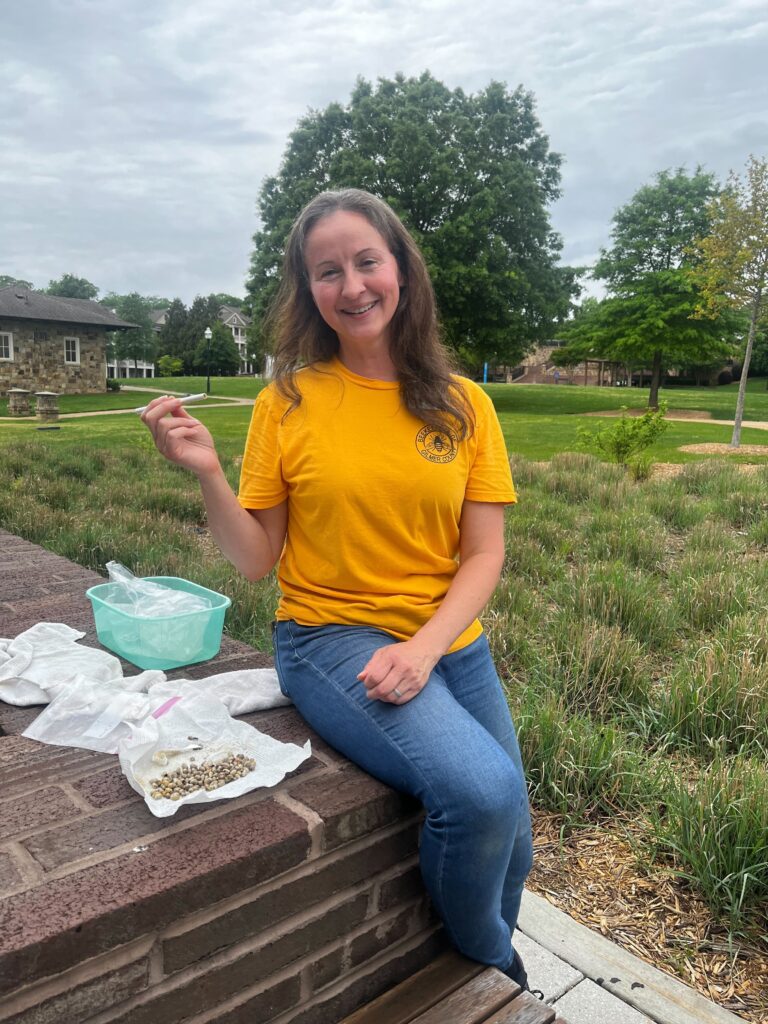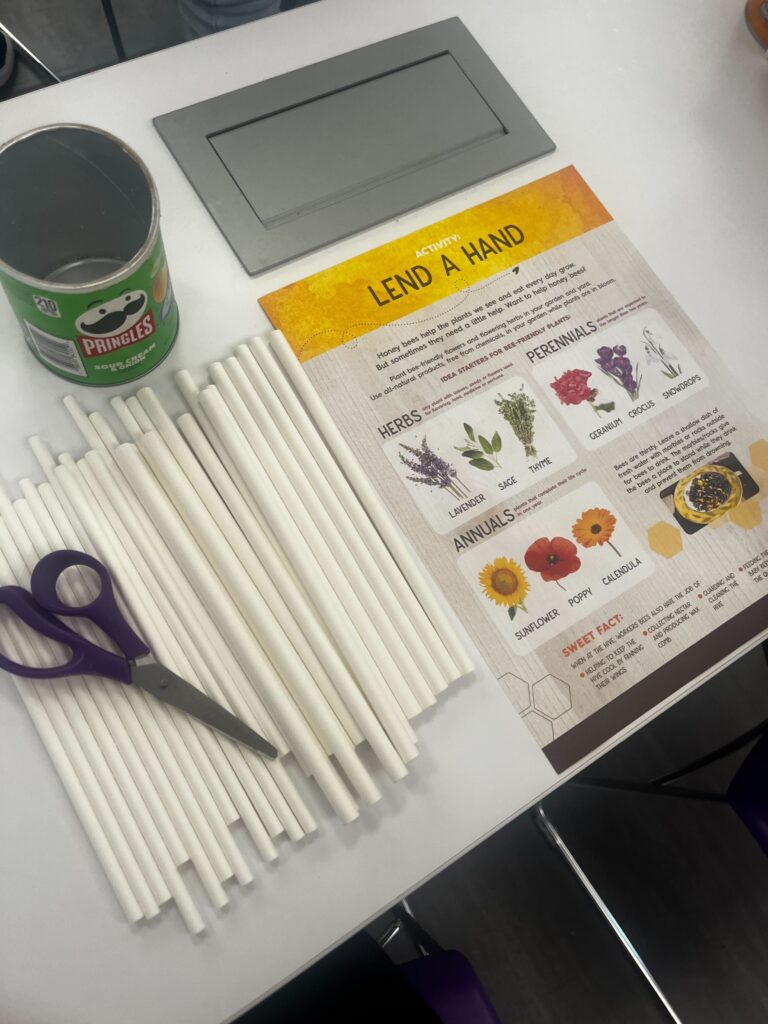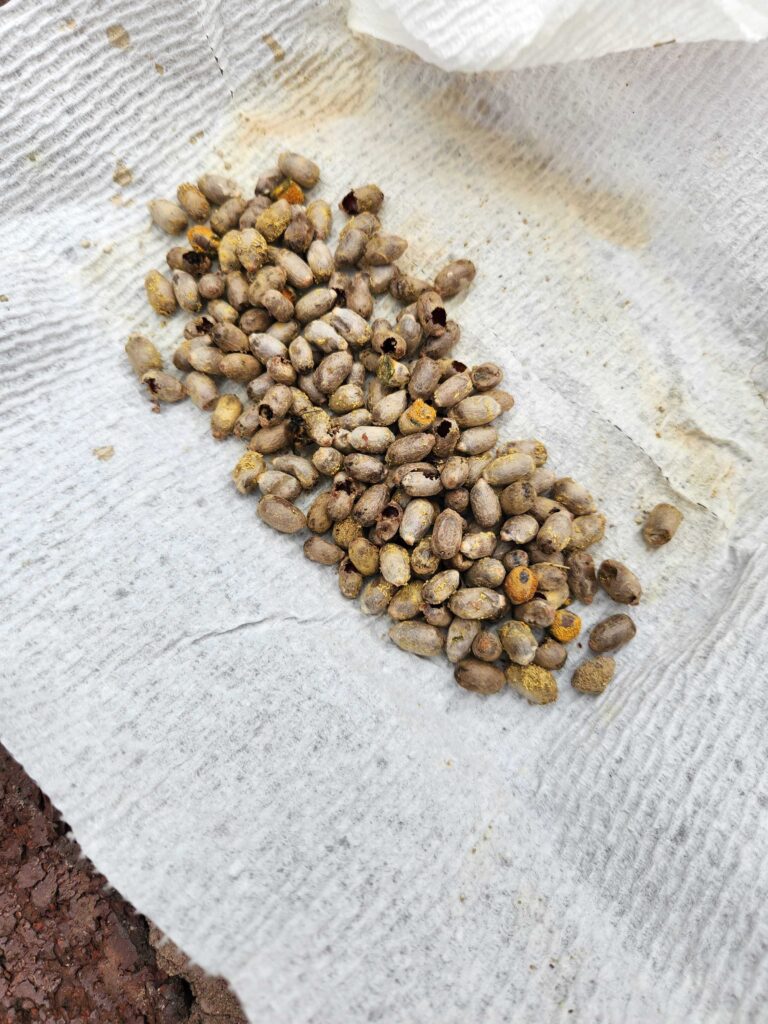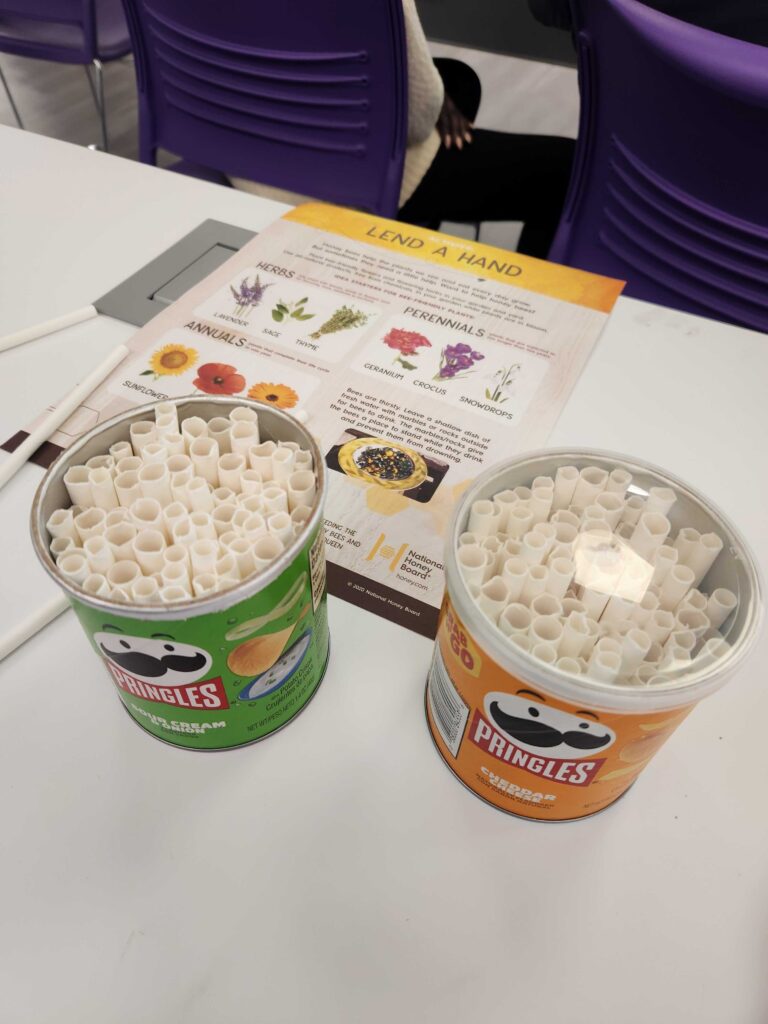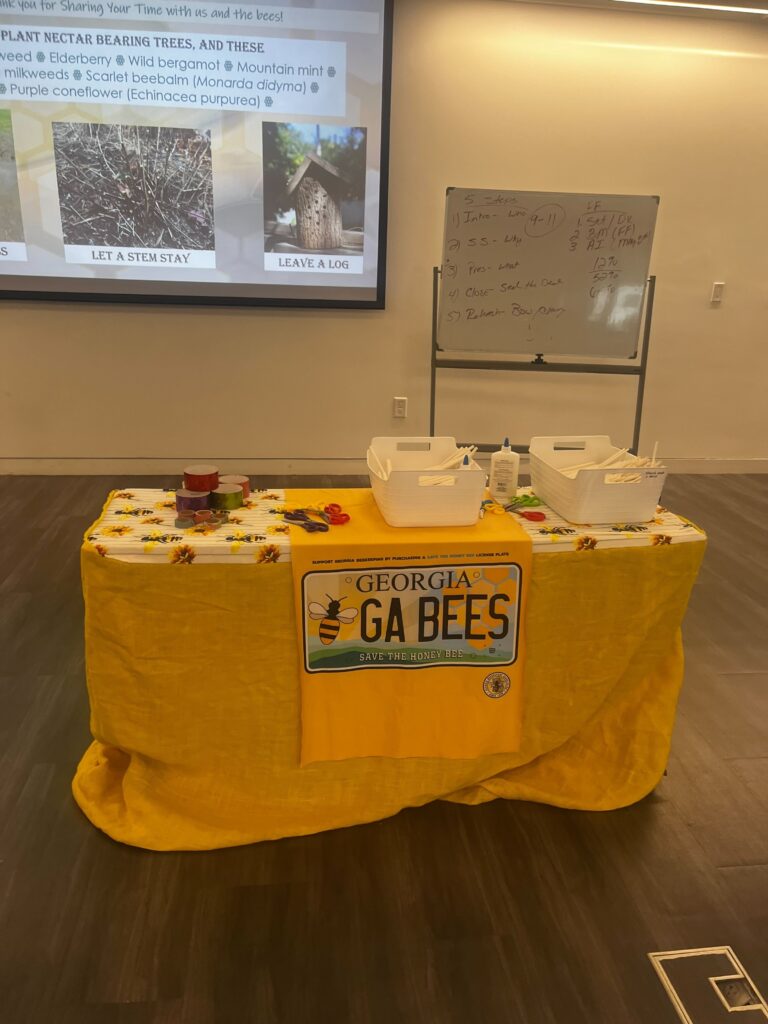Last week, the world celebrated another Earth Day, a day for awareness on protecting our planet through sustainability efforts. In Gwinnett County, a few library branches hosted free workshops on fun topics, including how to make recycled art and DIY air terrariums. The DiG team decided to check out the Norcross branch’s Planting For Pollinators workshop, where attendees learned about Georgia’s native mason bees and crafted a mason bee house to take home.
The workshop was hosted by the City of Norcross and taught by local UGA Master Beekeeper, Olivia Menard. Olivia teaches a variety of workshops to adults and kids around the community at library branches and attends events such as the Slow Pour Sunday Market! She also runs her own business called Brookfield Apiaries, located in Lawrenceville, where you can buy raw honey, eggs, mason bee cocoons in tubes and educational materials.
We started our bee adventure with a slideshow presentation on mason bees to learn the purpose they serve and how to aid the bee population in Georgia. All of the information was easy to understand and informative as to how much of a role mason bees play in Georgia’s fruit tree pollination. Olivia brought empty mason bee cocoons from her hives that everyone got to look at. Having this interactive element within the workshop brought the bees to life even more!
There was a ton of information from the presentation, including that mason bees prefer to build their nests in tube-like openings. The bees will lay eggs in the tubes, whether it’s a piece of hollow wood or an artificial structure and seal each chamber with mud that they collect, hence why they’re called mason bees because they’re like masons who work with stones and bricks. After the presentation, it was time to start crafting! Olivia had a table set up with two different paper straw lengths/diameters, scissors, colorful tape and string. The paper straws mimic the tube-like structures that mason bees build their nests in.
Crafting a mason bee house is fairly simple, you just need a container to put the paper straws in and a tree to hang the house. We used mini Pringles cans for ours and after cutting the straws to fit just within the diameter of the can’s opening, it was time to place them all inside! Olivia told us that the straws had to be placed tightly enough so that if you shake the can, they remain in place. With our inside structure secured, it was time to get creative! We used colorful duct tape to decorate the outside of our cans and then secured a piece of string so it could be hung from a tree limb.
This next part was optional but Olivia brought live mason bee eggs for attendees to take home. We went outside for this part of the activity! After removing one of the tubes from our homes and replacing it with one from Olivia, which had cocoons nested in it, our homes were complete! We were instructed to carefully unravel the paper tube with the cocoons when we got home and to place them on the inside of the can lid. This helps ensure that all of the bee eggs can hatch properly and survive! The mason bee home can hang nearby on a tree limb and once the bees hatch, they’ll make the can their home. It’s really that easy!
Spending Earth Day learning about Georgia’s mason bees and how to care for them was such a great experience! Check your local Gwinnett County Library branch to be the first to know about their free workshops and stay tuned for future workshops by Olivia on how to clean your bee home.
